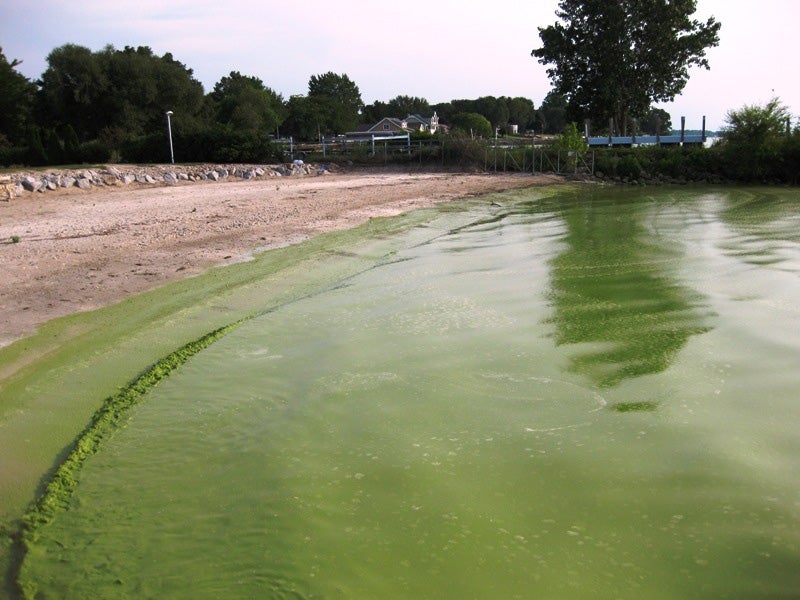New Lake Futures research highlights the role of reservoirs in managing water quality. This work shows seasonal patterns in dissolved phosphorus are influenced by nearby dams and reservoirs.
Reservoirs can remove phosphorus attached to soil particles, and release it into the water. This phosphorus encourages more algae to grow, and can lead to harmful algal blooms.
This has implications for how reservoirs are managed, and suggests options like adding oxygen to reservoirs could prevent the phosphorus from detaching from soil.

The research team lead by Kim Van Meter, and includes Shadman Chowdhury, Danyka Byrnes and Nandita Basu.
A paper on this research titled ‘Biogeochemical asynchrony: Ecosystem drivers of seasonal concentration regimes across the Great Lakes Basin’ has been published in Limnology and Oceanography.
Read the full story.